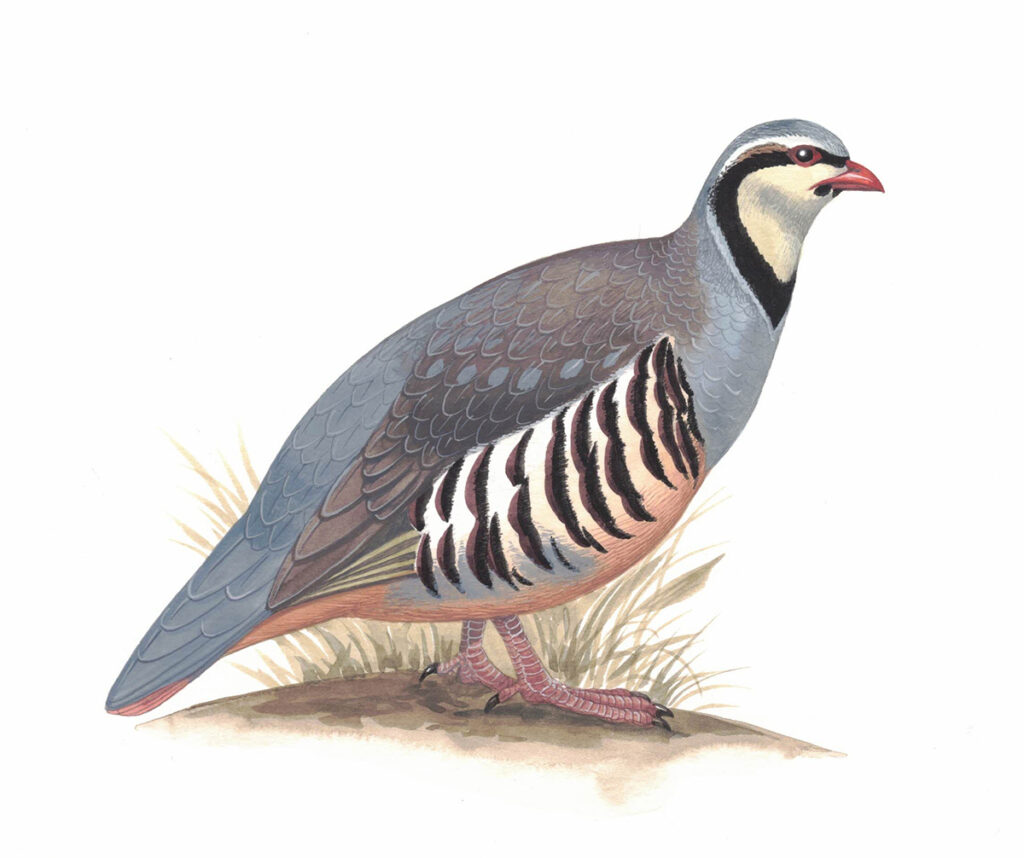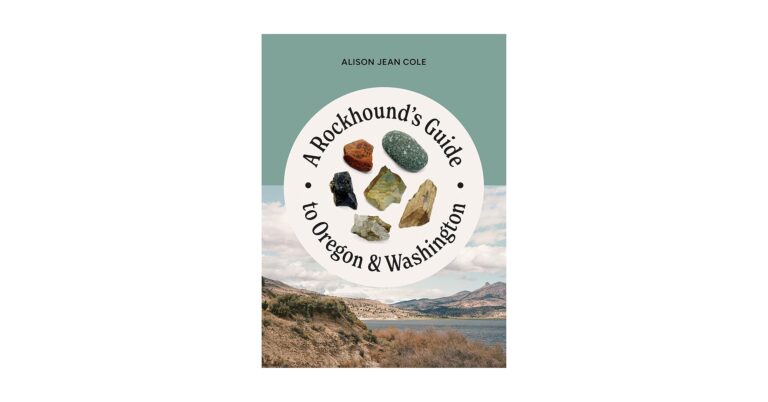By Adam Gebauer
I recently finished two desert float trips where I was amazed by the amount of chukars laughing at my fly-fishing skills from the foreboding cliffs and scrub. It got me thinking of the variety of upland game birds that we have in the Inland Northwest region. Chukar partridges might seem like they are native to the dry steppe, adapted to these scraggy reaches of Eastern Washington, but, like many of the upland game birds in Washington, they were imported to this region.
Most commonly referred to as upland game birds, these birds offer more than just an opportunity to put meat on your table. They are all members of the order Galliformes, which are a diverse selection of birds, including partridge, grouse, quail, pheasant, turkeys and even chickens. These heavy-bodied, ground-feeding birds are important seed dispersers as well as both predators and prey. A variety of species from this order have been domesticated across the globe to provide important protein sources from eggs and meat.
Hungarian partridges, also called Huns or gray partridges, are closely related to chukars. Like chukars, they made their appearance from different continents. Huns were originally imported from Hungary, while chukars came from Asia and Southern Europe. Chukars have distinctive red legs and a black band across their eyes that becomes a chevron on their chest. Flocks of them will make a distinctive chuckling sound from their steep, imposing roosts. Huns are less abundant and showcase a gray body with a rust-colored head. The largest populations of both species can be found along the steep slopes and rolling hills of the Snake River.
Ring-necked pheasants are the most brightly colored galliforms running the wheat lands of Eastern Washington. These birds first made it to North America in 1881 via Washington, having been shipped to Port Angeles from China. They traveled down the coast and were released in Oregon along the Columbia River valley. Due to the rough travel, it took several introductions for these birds to flourish. The males sport a spectacular iridescent green head and both male and females have a long-pointed tail that can be over half the bird’s length.

California or valley quail are perhaps the most gregarious galliforms in Washington, traveling in large, chattery, seemingly directionally-confused flocks. These birds didn’t travel far to reach Washington; their native range spans from Oregon to the Baja Peninsula. They now can be found into Canada, Hawaii, and much of the West. They have a distinctive curved feather that bobs on the top of their head. The West is also home to the larger mountain quail with its chestnut sides and white bars on its lower chest.
It might seem like turkeys have always roamed the streets of Spokane’s South Hill or been calling in the forests of the Colville, but they too have been introduced to Washington. In the 1960s, wild turkeys were trapped in Arizona, New Mexico, and Wyoming and brought to eastern and southwestern Washington. This was part of a nationwide effort to increase turkey populations after over hunting greatly reduced their numbers. Introduction efforts ramped up in the ‘80s, and they now occupy every suitable habitat in the state.
It is difficult to find any studies looking at the impacts of these non-native birds on habitats. I have, however, heard griping from more than one wildlife biologist on the overly successful introduction of turkeys, citing their impact on native forest grouse populations – reducing food sources and eating eggs of these ground nesters. WDFW also reports the sharp increase in nuisance calls, from turkeys aggressively stopping traffic to impacting local crops.
Opposed to the above species, all six of Washington’s grouse species are native. They are separated into four forest and two sage-steppe species. The forest grouse include rough grouse of the lower elevations, spruce in the higher elevations, and the westside sooty and the eastside dusky grouse occupying mid evaluation forests. These species all exist in healthy enough population to allow hunting seasons and bag limits.
Due to habitat loss, fragmentation, and degradation from fire, our two species that occur in the sage-steppe, the Columbia sharp-tailed and greater sage grouse, are both on the endangered species list. WDFW is working to bolster the Washington population by bring in birds from Canada. Grouse species engage in elaborate mating displays, presenting colored feathers and inflating bright air sacs, while sage-steppe species also perform intricate dancing displays.
The wild galliforms of Washington— native and introduced — are a diverse group of birds that occupy a variety of habitats. The habit of many of these birds to hold their position until you are almost on top of them before they explode out of the grass or brush continues to make my heart jump. It is always a treat to watch their quirky habits and listen for their distinctive calls, even in the flock of turkey descending on my yard in Spokane’s West Central neighborhood.
Adam Gebauer is much more likely to see any of these birds while on a trail run than with a shotgun in hand. He will be keeping an eye and ear out for spruce grouse while he spends some time on the PCT this fall.













